FIA Concludes Hamilton and Verstappen Equally Responsible for Hungarian GP Collision
In a dramatic twist to an already intense season, the FIA has released its official findings on the collision between Formula 1 titans Lewis Hamilton and Max Verstappen during the Hungarian Grand Prix. The stewards concluded that neither driver should be held predominantly responsible for the incident, which unfolded during the showdown's final laps.
The much-debated clash took place on the 63rd lap as Verstappen and Hamilton battled fiercely for position. Verstappen attempted an overtaking maneuver, drafting behind Hamilton and closing in rapidly under braking into Turn 1. In an effort to retain his position, Hamilton moved to take his line into the corner, but Verstappen locked up his brakes. This caused his left rear wheel to collide with Hamilton's front right, resulting in an unavoidable clash that had viewers on the edge of their seats.
Stewards' Analysis of the Incident
The aftermath saw Hamilton manage to finish in third place, while Verstappen, despite the setback, recovered admirably to claim fifth place. The stewards' assessment revealed that while the collision was a racing incident, it was noted that Hamilton had options to avoid the crash. The report suggested that Hamilton could have possibly yielded earlier once it became evident that Verstappen was alongside.
Notably, Verstappen argued vehemently that Hamilton had illegally moved while braking, akin to a controversial incident involving himself during the Austrian Grand Prix. However, after a thorough review, the stewards found no evidence to support Verstappen’s claims. Both drivers have had their fair share of on-track altercations this season, adding another layer of rivalry and drama to the championship.
Implications for Championship Standings
The FIA's decision to refrain from taking further action leaves the championship battle wide open. Points remain critical as both drivers venture into the latter half of the season. The Hungarian Grand Prix served as a microcosm of the nail-biting tension that has characterized this year's championship chase, with each race becoming pivotal in the drivers' title ambitions.
This ruling follows a string of scrutinized and debated incidents between top drivers, with fans and analysts alike weighing in on social media. Discussions about racing etiquette, on-track conduct, and stewarding consistency are sure to continue as the season progresses. For the drivers, maintaining composure and strategic acumen will be crucial as they navigate this highly competitive landscape.
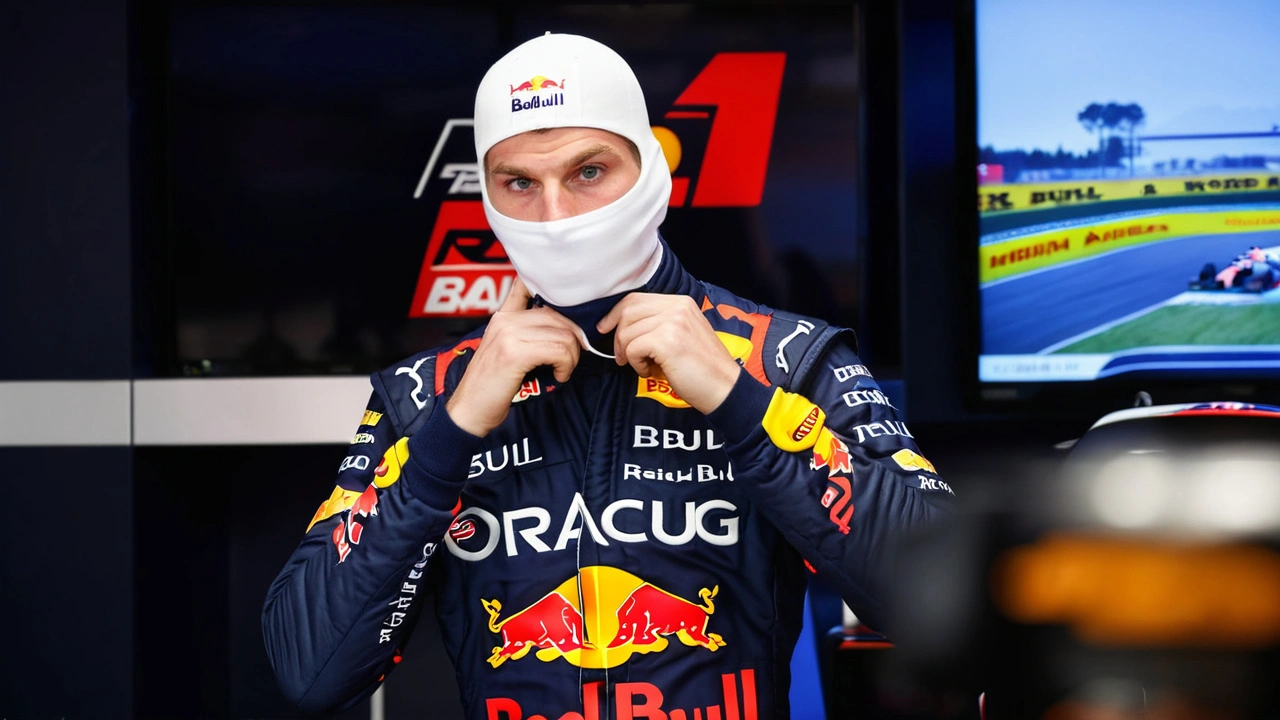
The Strategic Dance of Overtakes and Defenses
Analyzing the incident's nuances, it's evident that the art of overtaking and defending in Formula 1 is a high-stakes game of inches. Verstappen’s aggressive approach displayed his determination, while Hamilton’s defensive stance highlighted his tactical prowess. The skill sets of both these champions come into sharp focus in such moments, showcasing their unique strengths and racing philosophies.
Throughout the season, fans have witnessed an ebb and flow of fortunes for both drivers. Hamilton, the seasoned campaigner with a record number of wins, and Verstappen, the young phenom eager to dethrone the reigning champion, represent the sport’s generational duel. Each race brings fresh opportunities and challenges, and their clashes on track are a testament to their relentless pursuit of greatness.
It's not just the driving that captivates; the strategic decisions made by their respective teams play a pivotal role. Pit stop timings, tire choices, and tactical calls under safety car conditions all contribute to the complex tapestry of race outcomes. The Hungarian Grand Prix incident is a prime example where split-second decisions and reactions have far-reaching consequences.
Team Dynamics and the Bigger Picture
The ramifications of such incidents extend beyond the individual drivers, affecting team dynamics and the broader championship fight. Mercedes and Red Bull, the two powerhouses in Formula 1, are locked in an intense rivalry that mirrors the on-track battles of their lead drivers. Each decision by Toto Wolff and Christian Horner, the figureheads of these teams, is scrutinized and can significantly impact the season’s trajectory.
In the garages, engineers and mechanics work tirelessly to eke out every ounce of performance from their cars. Innovations in aerodynamics, engine power, and reliability are continuous, forming the technological arms race that defines Formula 1. The Hungarian Grand Prix highlighted that despite all the technological advances, the human element — driver skill, judgment, and a touch of unpredictability — remains central to the sport.
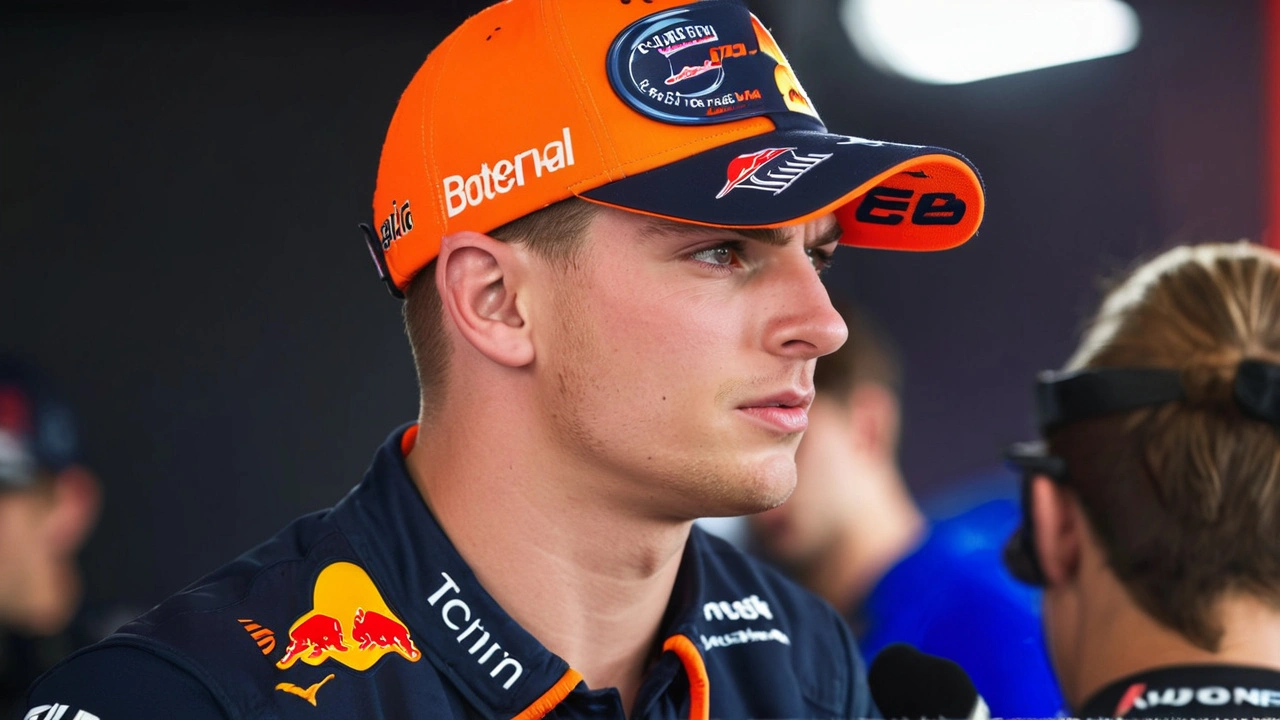
Looking Ahead: The Challenges of Upcoming Circuits
With the FIA's ruling now public, the focus shifts to the upcoming races, each presenting unique challenges and opportunities for redemption. Circuits with high-speed straights, technical sections, and varying weather conditions will test the drivers' adaptability and resilience. The battle between Hamilton and Verstappen is far from over, as every twist and turn in the remaining races will be crucial.
Track characteristics will play a significant role, with some circuits potentially favoring the strengths of one team over the other. Fans eagerly anticipate the spectacle of wheel-to-wheel racing, knowing that the championship could hinge on a single maneuver or strategic call. As the season progresses, the tensions will undoubtedly rise, and every race will carry immense weight.
Moreover, the broader implications for the sport are immense. Formula 1, with its global audience, finds itself in the spotlight not just for the racing but also for how it handles competition and fair play. The FIA’s decisions are pivotal in shaping the narrative and ensuring the integrity of the championship. As the stewards continue to navigate the complex landscape of race incidents, their judgments will be key in defining this era of Formula 1.
The Fans' Perspective
For the fans, the Hamilton-Verstappen rivalry has been a source of immense excitement and debate. Social media platforms buzz with opinions, analyses, and predictions, showcasing the passion that the sport ignites in its followers. Enthusiasts dissect every move, pit stop, and radio message, adding to the rich tapestry of Formula 1 culture.
The incident at the Hungarian Grand Prix, much like previous flashpoints, will be replayed and discussed endlessly. Fans from different camps will defend their heroes, often with fervent loyalty. This dynamic, while sometimes contentious, is a hallmark of the sport’s appeal. The emotional investment of fans adds a layer of meaning to every lap and every decision.
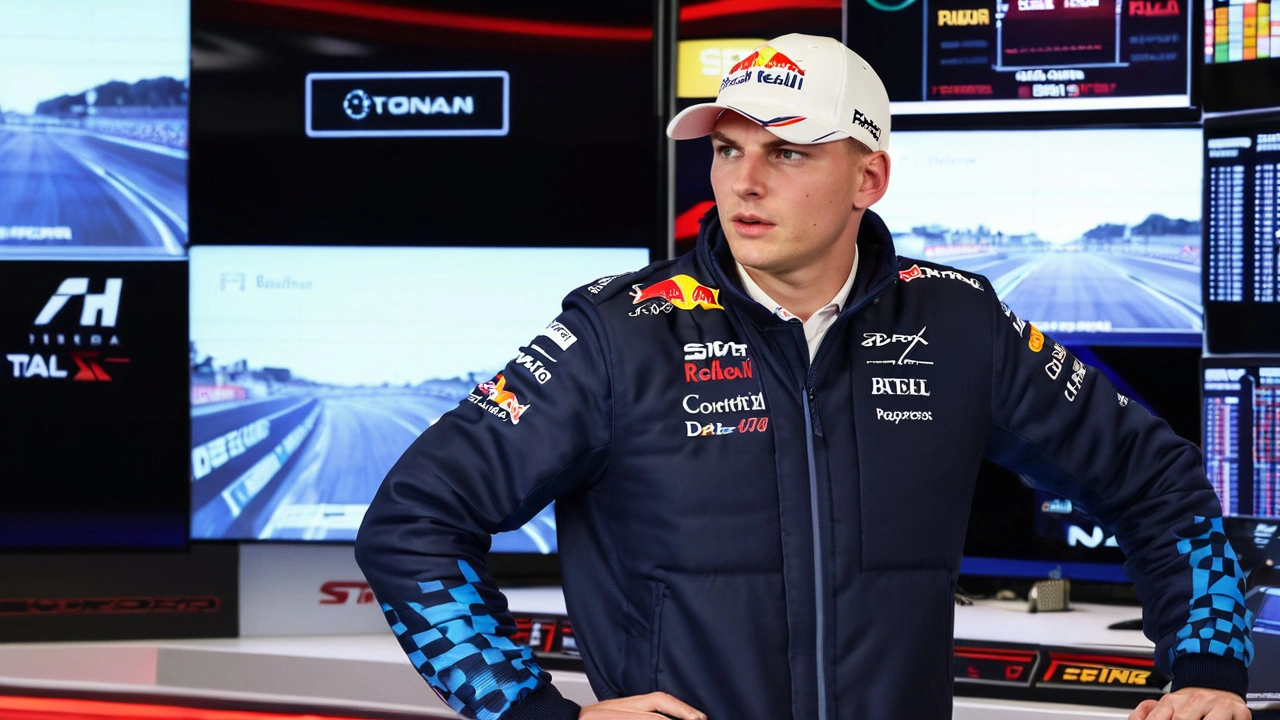
Final Thoughts on the FIA Decision
The FIA's decision not to penalize either driver further underscores the fine line stewards must walk in adjudicating racing incidents. Balancing the need for fair competition with the understanding of racing dynamics is no small feat. As Hamilton and Verstappen continue their titanic struggle, the motorsport world watches closely, aware that every race could tip the scales in this enthralling championship battle.
As we look ahead to the next races on the calendar, one thing is certain: the drama, skill, and spectacle of Formula 1 are at their peak. The passion of the drivers, the strategies of the teams, and the fervor of the fans create a unique sporting phenomenon. The Hungarian Grand Prix incident, though resolved, will linger in the collective memory, a testament to the unpredictable and exhilarating nature of racing at its highest level.

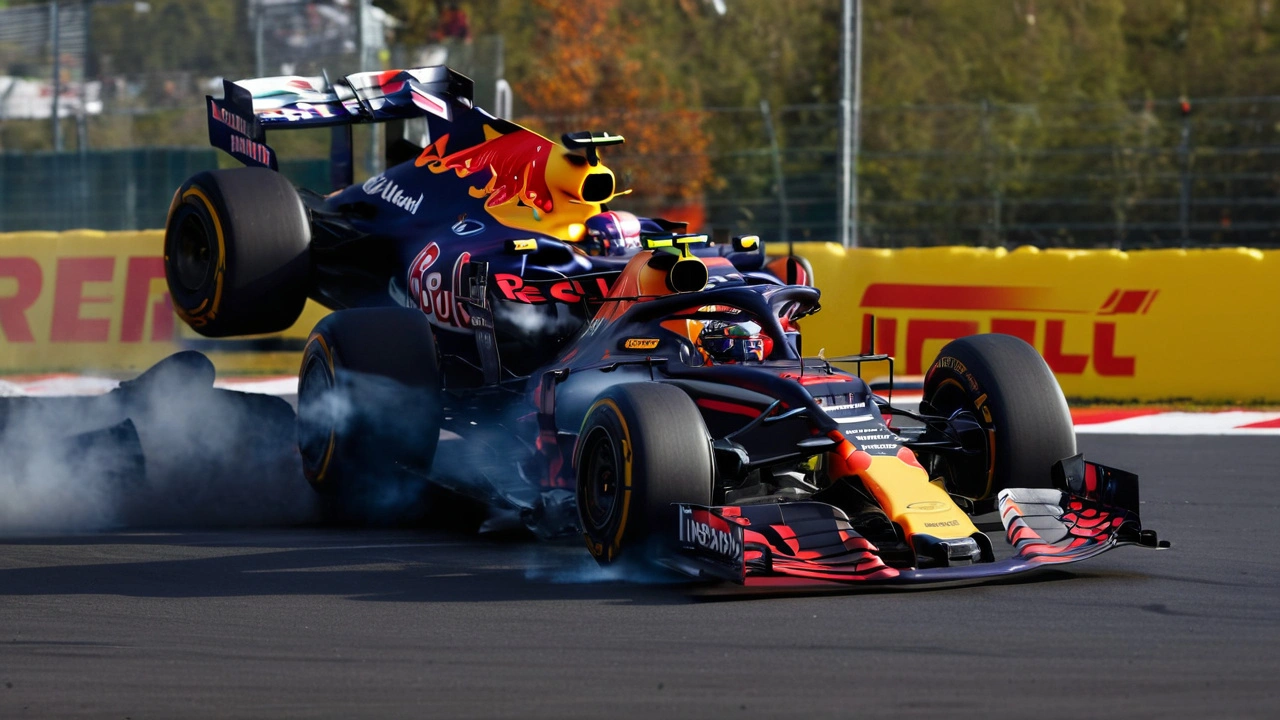


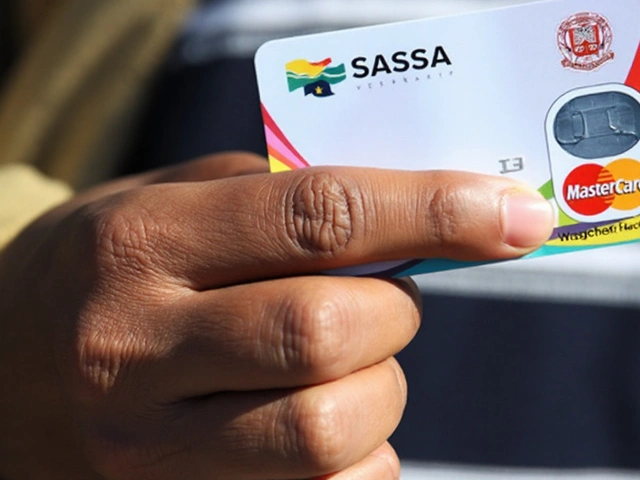
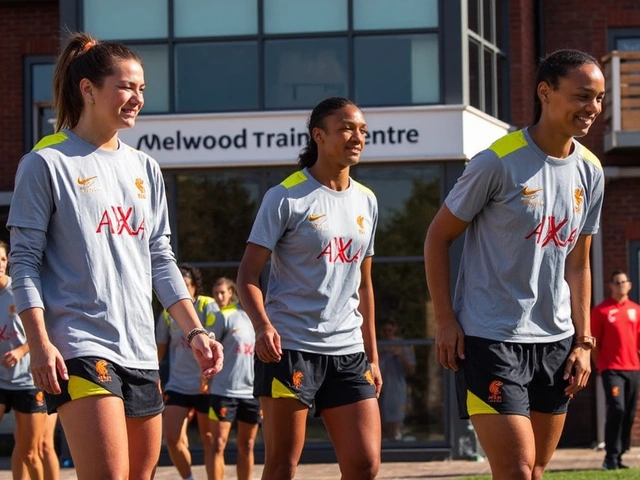

Angie Ponce July 23, 2024
So let me get this straight - the FIA says both drivers are equally responsible, but Hamilton gets blamed for not yielding? Like, what even is the point of having a championship if you're gonna penalize defense? This is just another case of the system protecting the underdog. 🤡
Andrew Malick July 24, 2024
The real issue here isn't the collision - it's the epistemological framework we use to judge racing incidents. When we assign moral responsibility to split-second decisions made at 200 mph, we're projecting human accountability onto a system governed by physics, momentum, and biomechanical reaction time. The stewards didn't absolve them - they merely recognized the futility of moralizing chaos.
will haley July 24, 2024
I mean… did you SEE Verstappen’s face after the crash? That’s not anger. That’s existential dread. Like he just realized he’s not the chosen one. 😭
Laura Hordern July 25, 2024
Honestly, I think this whole thing is just a symptom of how Formula 1 has lost its soul. It used to be about raw skill, about pushing the limits without needing a panel of bureaucrats to decide who was ‘right’ or ‘wrong’ on a corner. Now it’s all about lawsuits, video reviews, and social media outrage. Hamilton’s been doing that defensive move for 15 years - it’s not illegal, it’s just not ‘pretty’ enough for the TikTok crowd. And Verstappen? He’s got the aggression of a caffeinated raccoon with a death wish. Neither of them are saints. But the FIA acting like they’re both equally guilty? That’s just lazy. They should’ve let the track decide - that’s what racing’s supposed to be about.
Brittany Vacca July 26, 2024
I think this is such a big deal 😔 I hope they both learn from this 🙏 maybe next time they can just… be nice? 🤗
Lucille Nowakoski July 26, 2024
I get why people are upset, but honestly? This is what makes F1 beautiful. Two legends, pushing each other to the edge, not because they hate each other, but because they respect each other too much to back down. The FIA didn't punish them because they didn't break the rules - they just lived the sport. Let them race. Let them fight. Let the fans argue. That’s the point.
Benjamin Gottlieb July 26, 2024
The FIA’s ruling is a textbook example of operationalizing ambiguity. They invoked the principle of 'racing incident' not as a legal defense, but as a meta-ethical buffer - a linguistic shield against the ontological tension between competitive aggression and sporting decorum. Hamilton’s defensive line was within the bounds of regulation, yes - but the cognitive dissonance lies in the fact that ‘legal’ ≠ ‘ethical’ in high-stakes motorsport. Verstappen’s maneuver, while aggressive, was biomechanically inevitable given the aerodynamic wake and tire degradation profile. The real failure? The system’s inability to codify intent. We’ve turned racing into a courtroom drama. We need a new paradigm - one that embraces controlled chaos as a feature, not a bug.
simran grewal July 26, 2024
Oh wow, so now we’re pretending both drivers are innocent? Max literally turned his car into a battering ram. And Lewis? He’s been doing this for a decade - moving on the brakes like he’s playing chess on asphalt. If you’re gonna race, don’t cry when someone takes your spot. 🤷♀️
Angela Harris July 26, 2024
I just hope they both stay safe. That’s all.